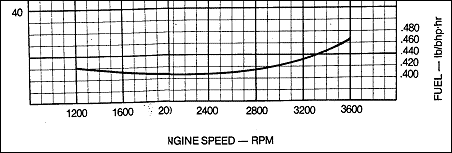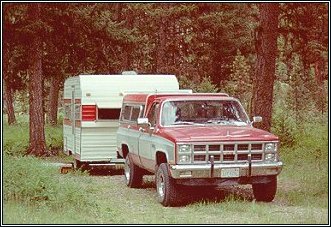
I am missing something here? All things being equal a turbo diesel will produce better fuel economy than a N/A engine. Efficiency is improved in a turbo engine becuase the fuel is more efficiently burned in a compressed state and the ingition of the fuel air mixture is more powerful. If the injection pump delivers the exact same amount of fuel in both engines, the turbo engine will produce more power per stroke than the N/A engine, correct?
1985 GMC Suburban 3/4T 4x4 Sierra Classic<BR> Mods: Banks Turbo, Propane Injection, Real HID Headlights, Milemarker Winch, 2.5 Pro Comp Lift, BFG 33\'s.








 Reply With Quote
Reply With Quote






